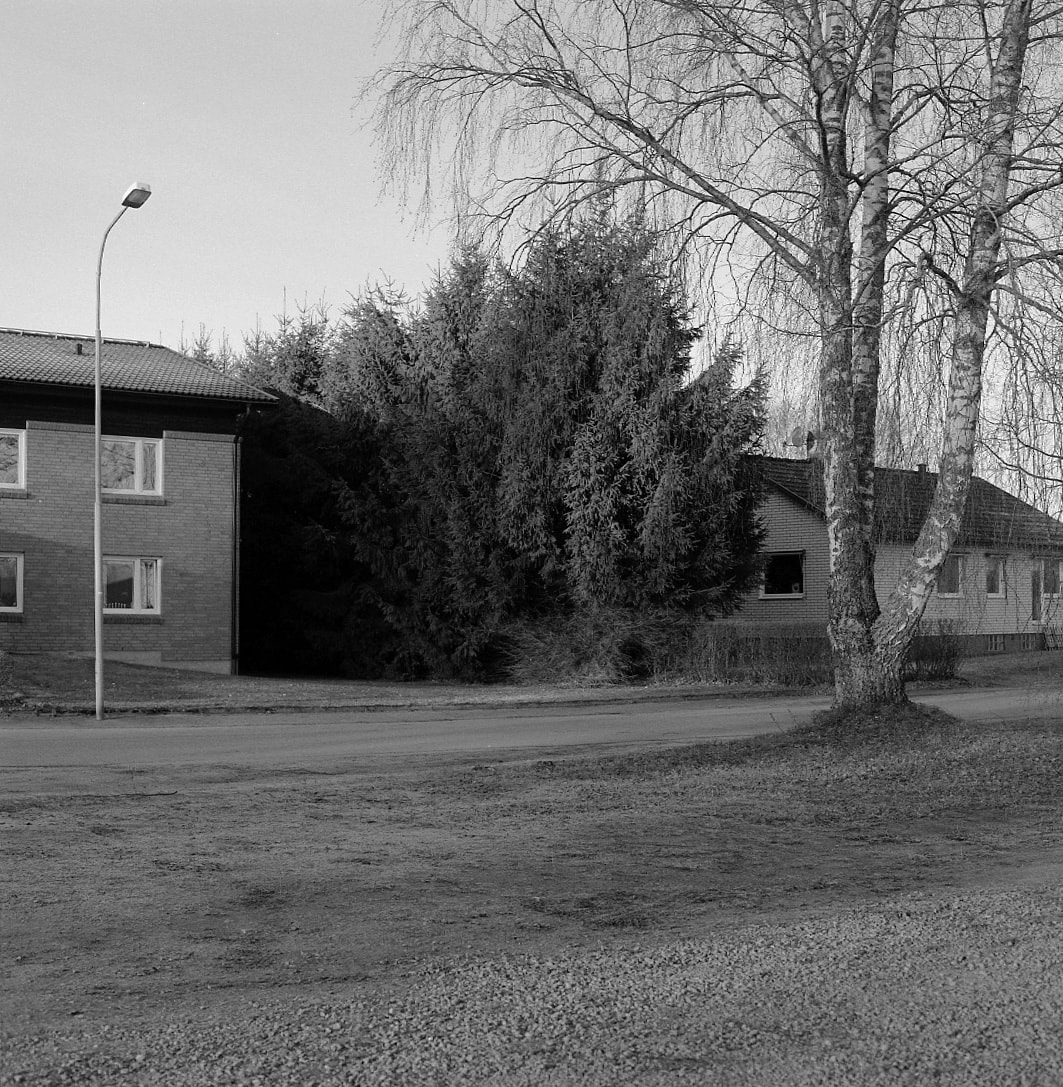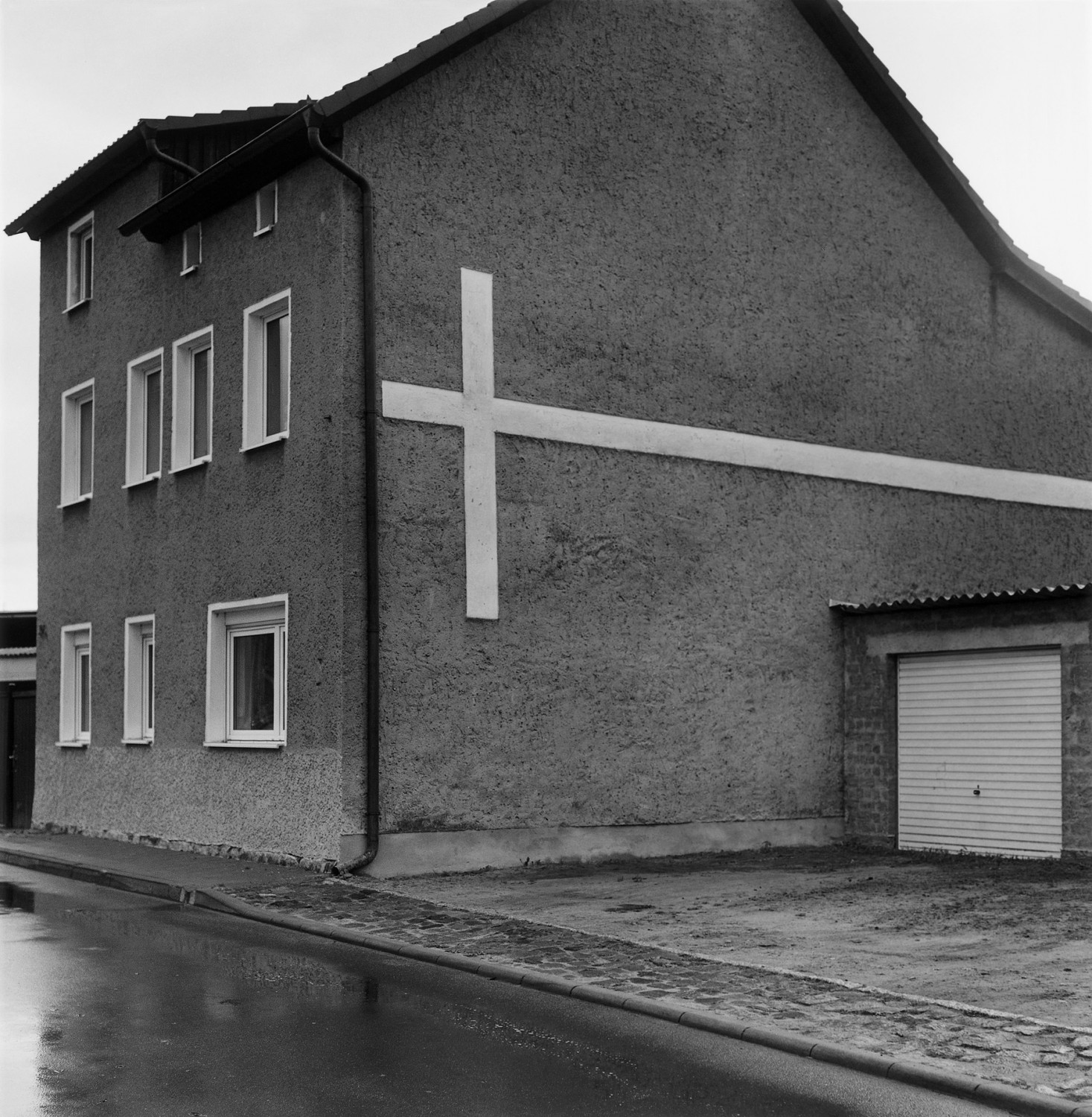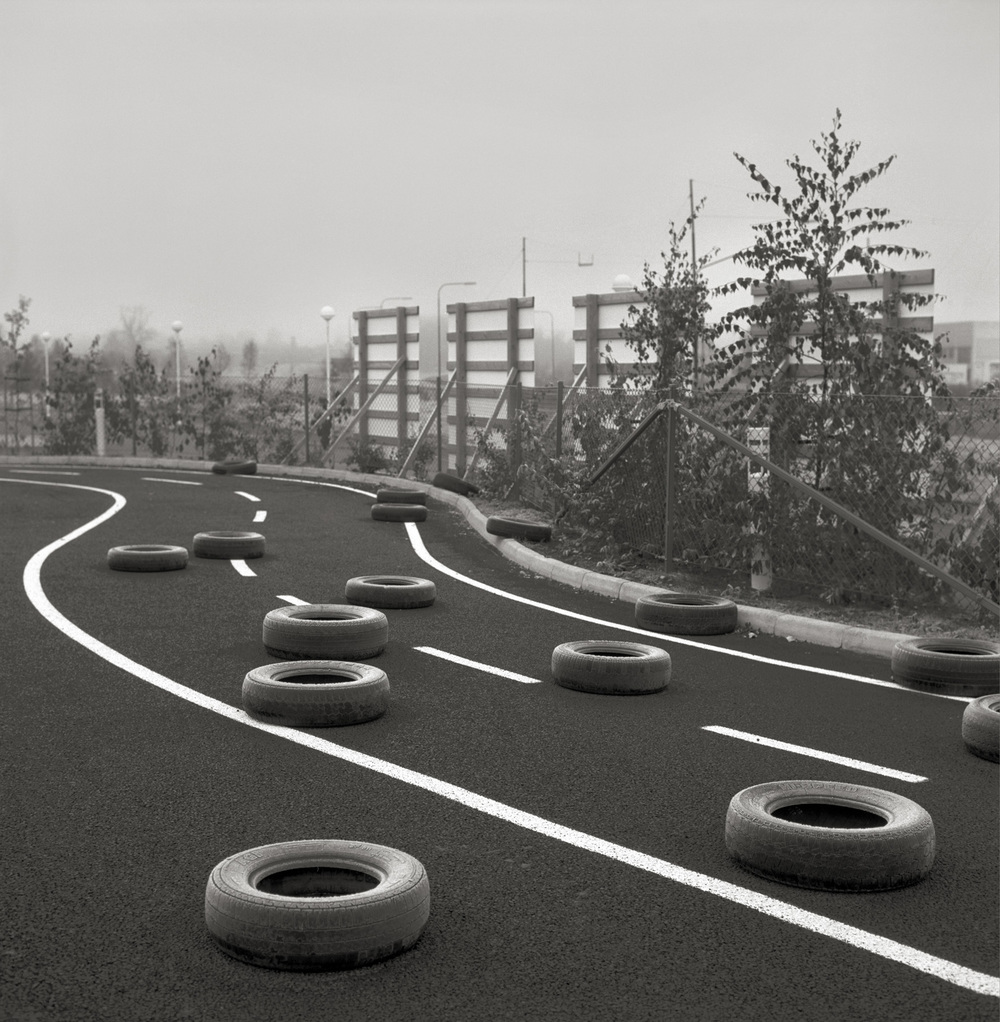Gerry Johansson on Solitude

1. Do you think solitude is undervalued?
Yes, primarily because I photograph in places where there are not many people and I stay away from events.
I like small towns, the countryside, and Antarctica. On the other hand I also photographed in Tokyo in 2004, work that has just been published. Not many people there either. I guess they avoid me.
I have to be concentrated and focused on what I’m doing. With people around there will be questions asked about your work before it’s even done.
2. What can you get from solitude that you can't from anything else?
Working solo makes it easier to take your time. I have several "projects" (sorry, I hate that word) going on and jump between them. It is often a good idea to let the work rest for a while, sometimes for years. The work is ready when it’s ready.
I think that one's response to solitude is very individual. To me it is great, but to someone else it can be frightening.
3. Does solitude make you a more confident or certain person?
Solitude concentrates your senses, and makes it possible to focus and become aware of what you feel is important. As a child, the life of hermits seemed terrifying but today it can sometimes seem tempting. At least for a few weeks.
4. Do you think solitude makes it easier to enjoy beauty?
Perhaps. At least you can find beauty in lesser things.

5. Does photography have a weird relationship with solitude - many people work alone, but want or need an audience?
Not necessarily. You know, there are still a few camera clubs around. There were also groups like f64 in California and the early Aperture foundation with workshops, exhibitions and books. In Sweden there were groups like DOG and TIOfoto. I think they were started for both social, artistic and career reasons. I owe a lot to the camera clubs, in Sweden and America, that I was a member of in the fifties and sixties. Without them I wouldn’t have seen much photography. Photography brings a lot of people together.
6. Tree Stone Water is a work entirely devoid of people, in a populated nation like Japan this choice speaks volumes. Why did you turn away from people and crowds for that project?
Not really. It is a work about nature and there are very few people in nature. And if there were, I would wait for them to go away. People are just a distraction.
7. What solitude do you get from the darkroom?
I have my darkroom at home and that is really perfect. I’m isolated in my home, it is warm and dark, and there is the soothing sound of running water. First thing in the morning I can take a look at the previous day's work and, the last thing I do before I go to bed is to take a last look at the day's prints. I suppose it is similar to old men's smoking rooms, where they could sip a brandy, smoke a cigar, and read a good book without being disturbed.
Printing is mostly a technical act. Before I start printing I have a pretty clear idea of how the print should look, and in the printing process it is mostly a matter of finding the right paper, chemicals, contrast, dodging and burning, and so on. Very interesting and rewarding actually.
8. Is your Antarctic project an exploration of how solitary a man can get?
No, that’s not how I felt about it. We were a tight group of mostly scientists and expedition safety personell, and we had a good time together. I was merely interested in photographing a landscape without all the common signs of civilization and culture. When you take that away the landscape turns abstract and becomes difficult to grasp.

9. Do areas that are devoid of humans need to be protected from visitors, tourists, development, etc?
Not generally, but perhaps in some places. In Antarctica there are a lot of restrictions to what you are allowed to do, and I think that is good. I think that crowded museums these days are a bigger problem. MOMA and Tate are terrible to visit and I suppose the Louvre is even worse.